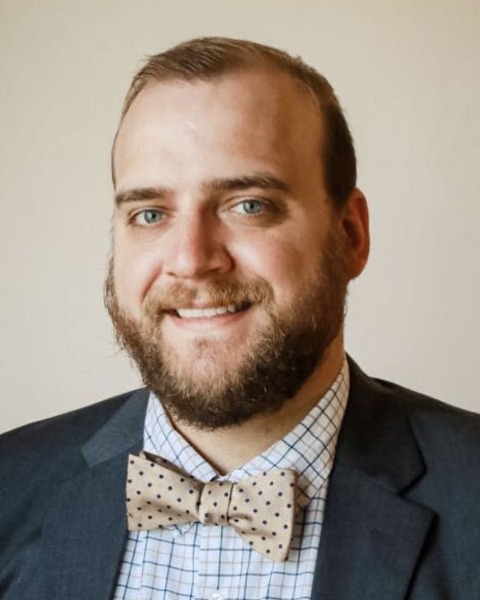Medical Education
Session: Medical Education 4
393 - Evaluating and Optimizing Junior Medical Student Education on Pediatrics Rotation
Saturday, May 4, 2024
3:30 PM - 6:00 PM ET
Poster Number: 393
Publication Number: 393.1272
Publication Number: 393.1272

John Block, MD (he/him/his)
Resident Physician
University of Arkansas for Medical Sciences College of Medicine
Little Rock, Arkansas, United States
Presenting Author(s)
Background: At our institution, medical students spend 8 weeks rotating with Pediatrics and the majority of this time is with inpatient teams. Medical student education quality unfortunately varies based on the residents or attendings with whom the students work. Every program should strive to provide the best educational experience possible for future physicians.
Objective: The goal of this project was to a more well-rounded, consistent and higher quality educational experience for our students. Student opinions were surveyed and used to create interventions based on areas of deficiency.
Design/Methods: This was a single institution study in which anonymous surveys were sent to student’s university emails accounts within 5 days of taking the Pediatric National Board of Medical Examiners (NBME) examination. The survey contained questions relating to the following: overall educational experience, preparedness for the NBME, recommendations for improvement, and whether a board review video series would be beneficial. The educational experience and NBME preparedness questions were scaled using a 5 point Likert scale (1-poor and 5-great).
Results: 57 surveys of 147 sent were completed-a response rate of 39%. Overall educational quality was rated 4.3 and perceived preparedness for the NBME was rated 3.8. While students felt their educational experience was good, they reported feeling less prepared for the shelf exam. 48% of students reported that more board-style questions would be an improvement. When asked whether students would watch videos led by residents reviewing board-style questions, the results were: yes (70%), maybe (24%), no (6%), indicating a positive preference for an intervention including board-style questions. Based on these results, our team created weekly videos with residents reviewing board questions pertaining to the students’ weekly learning objectives & quizzes. NBME scores following the video’s release showed a statistically significant increase after the weekly videos became available to students. The mean improvement in scores was 3.29% with a 95% confidence interval of 0.10 to 6.48 with a p-value of 0.043.
Conclusion(s): This study shows the utility of providing different methods for student education. One limiting factor was that after video availability, only 73% of students were aware of those videos. Of those aware of the videos, all but 1 utilized them, and half watched the videos at least half of the weeks on their rotation. Another limitation of this study is self-selection inherent to voluntary surveys. One area for improvement for our project is increasing awareness of the videos.
